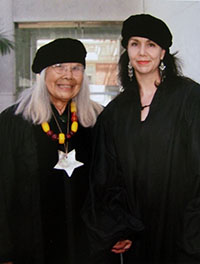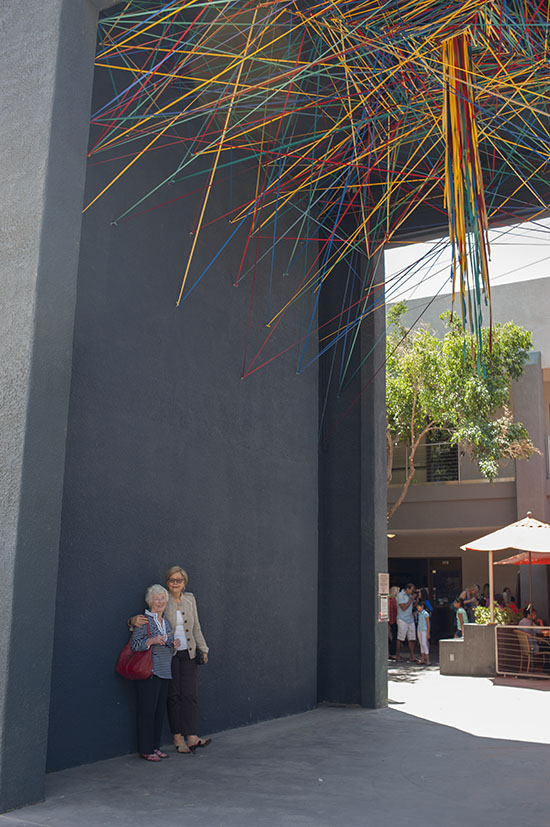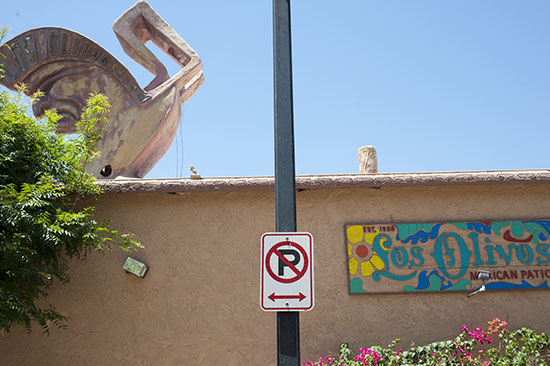We kicked off November’s New This Week with Mary Giles’ Lead Relief. “In Giles’ work, one will find the traditional basketry technique coiling alongside contemporary materials of waxed linen, copper, and iron,” notes the Textile Center. Giles’ uses both her basketry and sculpture as a means to express her concerns about the environment and human condition. Giles’ concern about the growing population is visible in works such as Lead Relief. In 2013, she was named Master of the Medium by the James Renwick Alliance of the Smithsonian Institution.
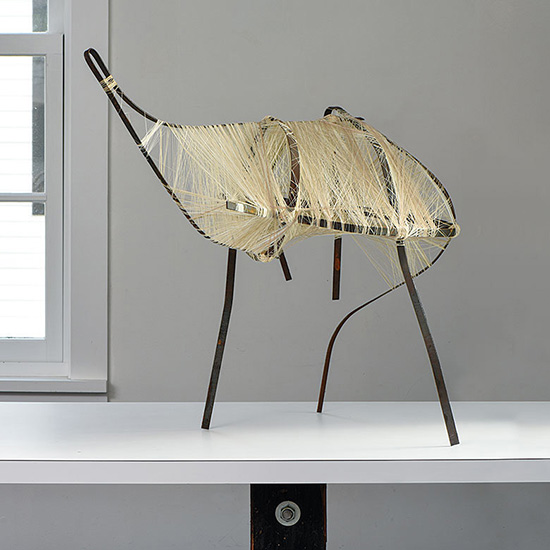
Sinuous Horse, Randy Walker, found steel, cotton cord, nylon thread, 28” X 30″ x 20”, 2003. Photo: Tom Grotta
Sinuous Horse, is an example of how Walker, uses fiber as his medium to endlessly explore the possibilities of a single strand of thread. In Sinuous Horse, Walker used pieces of salvaged steel to create the bone-like structure of a horse. Walker then used nylon thread and cotton cord to form the curves of a horses body. “My work straddles precariously on several boundaries: solidity and transparency; structural stability and collapse; visibility and invisibility,” notes Walker “I strive to create work that primarily engages our sense of sight by contemplating how light can define structure, surface, and color.”
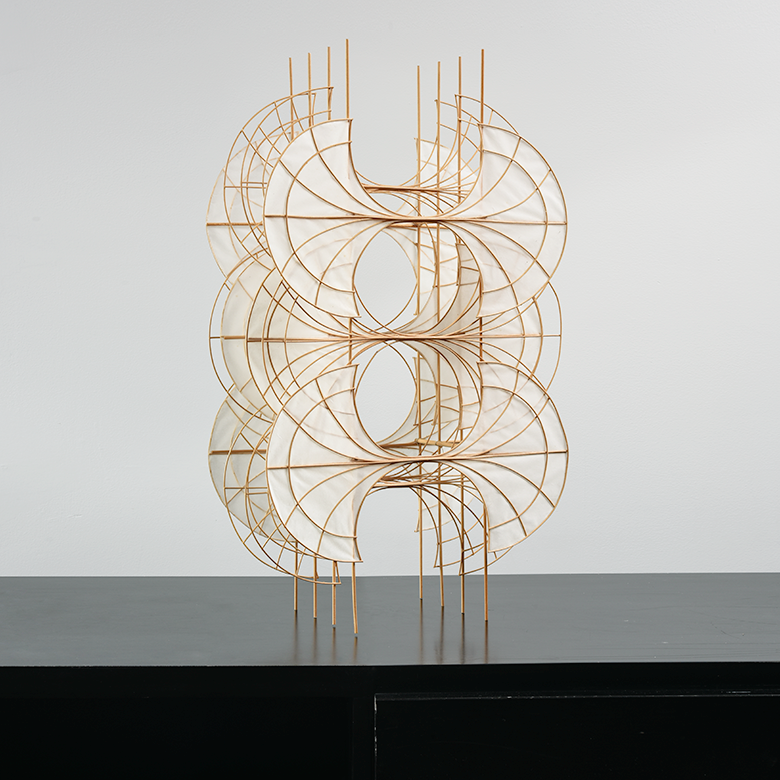
Kundalini Rising II, Pat Campbell,
rice paper, reed and wood, 24” x 14” x 6.5”, 2009. Photo: Tom Grotta
Delicately crafted of rice paper, reed and wood Pat Campbell’s Kundalini Rising II also made an appearance in November. The technique Campbell uses to create her rice paper sculptures is derived from those used to created Japanese shoji screens. Rice paper provides Campbell with the transparency she desires in creating a simple but spectacular piece of work. The thin nature of rice paper also allows Campbell to easily shape reed, wood, and paper cord necessary for her sculptures.
We concluded November with Fog Break, another impeccable piece by Mary Giles. When working with coiled forms such as Fog Break Giles uses waxed-linen, iron and brass. Giles individually cuts and hammers each piece of iron and brass and then torches the metal to alter the color. “By torching the metals I am able to alter the colors in varying degrees enabling me to blend them from darks to brights,” explains Giles. “I use this blending to interpret the colors, textures and light that I see in the natural settings.”


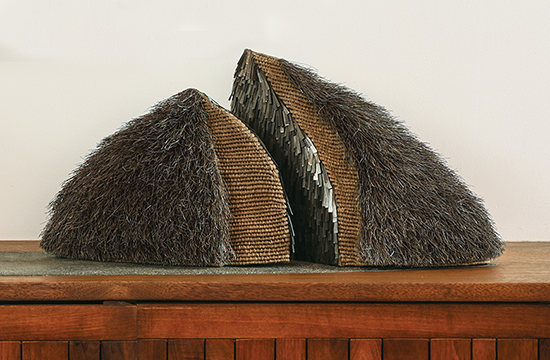
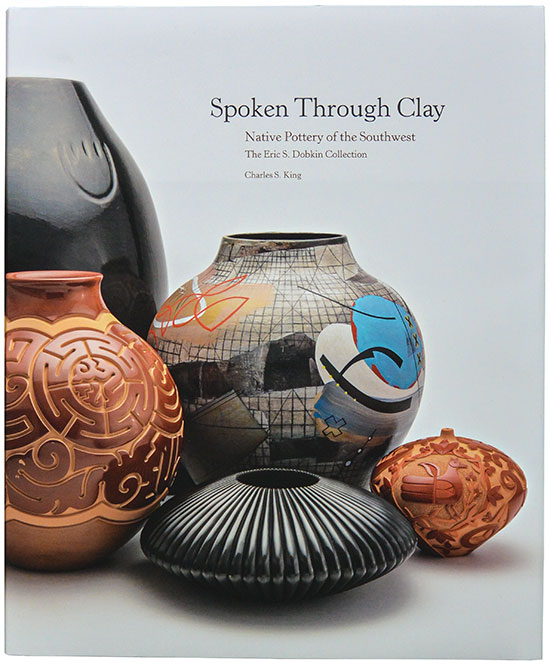
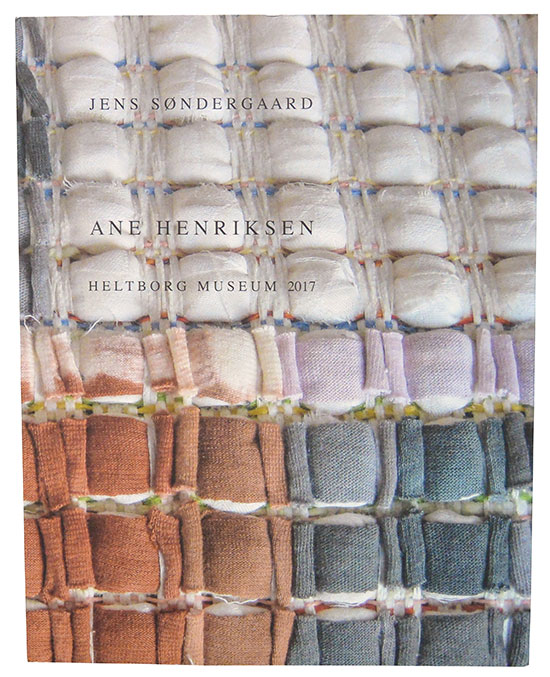
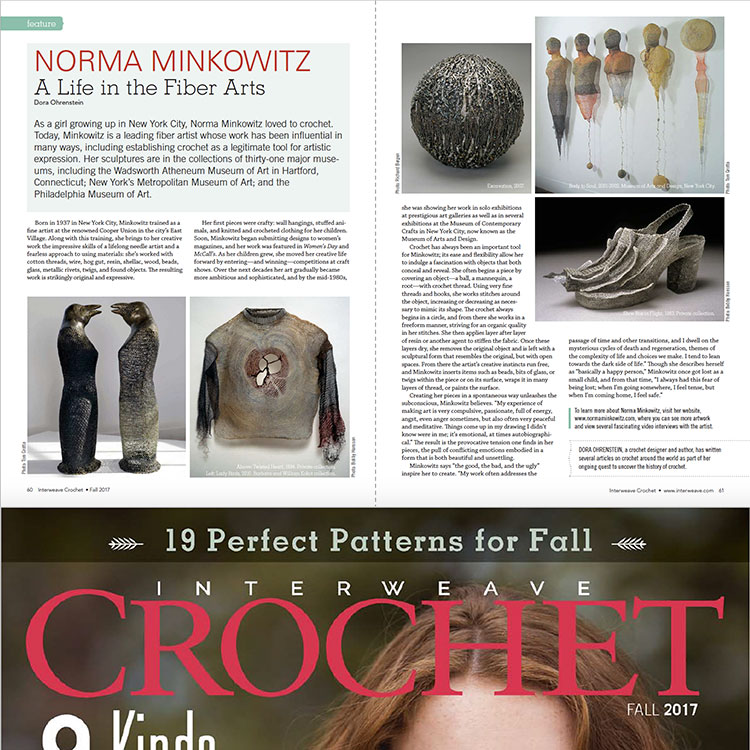

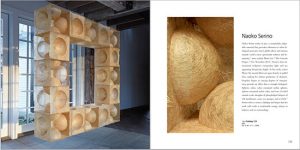
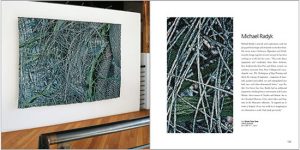
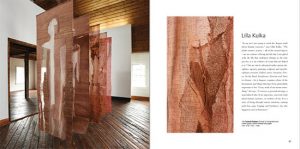

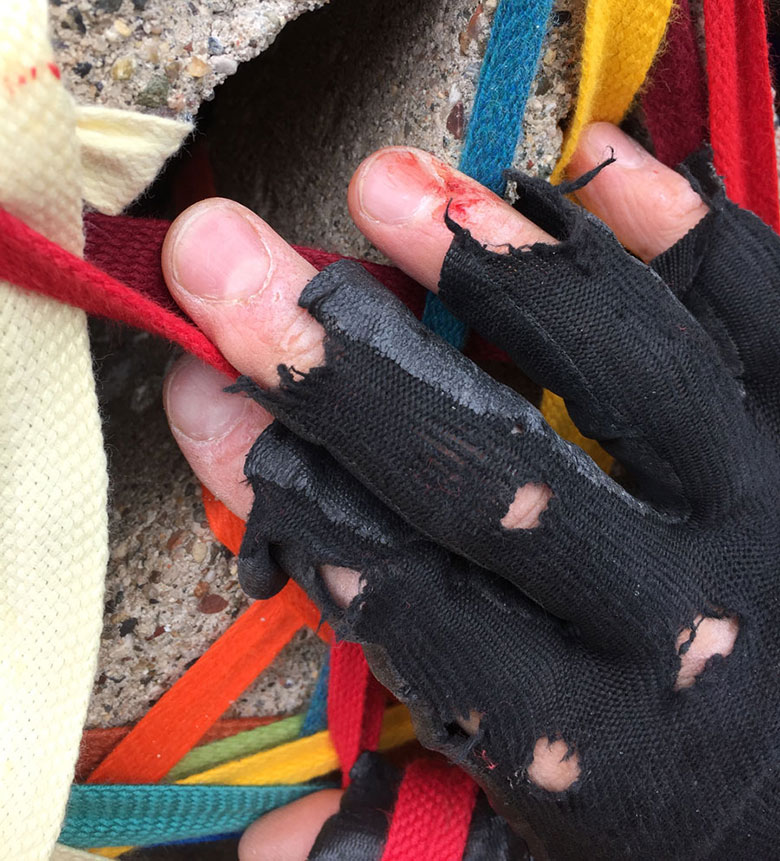
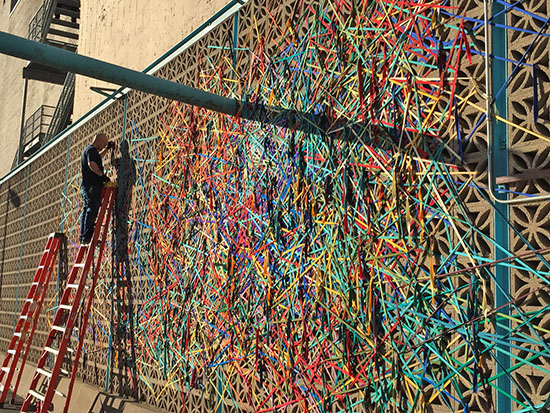






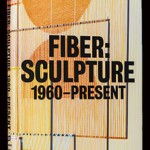








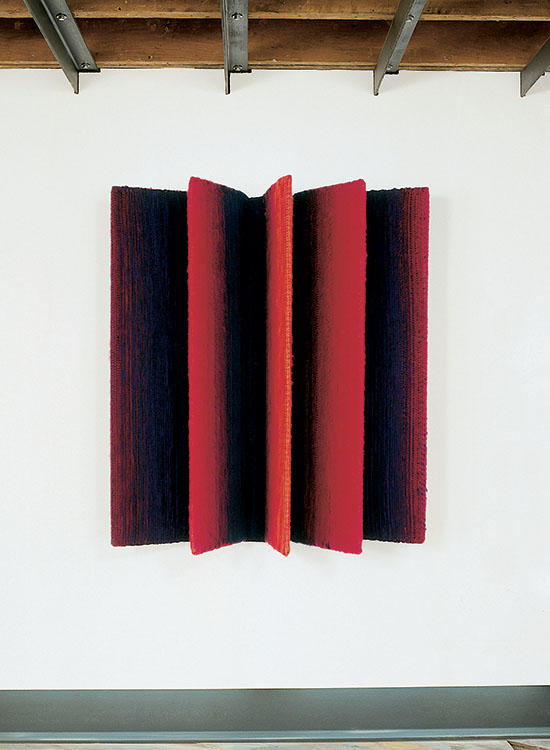
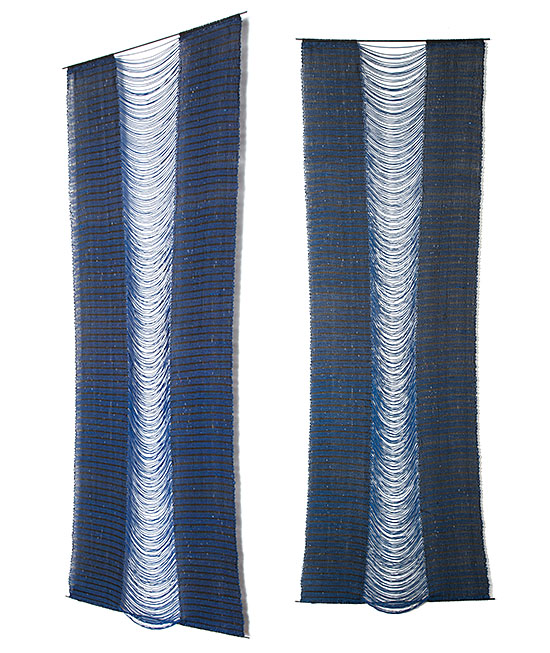

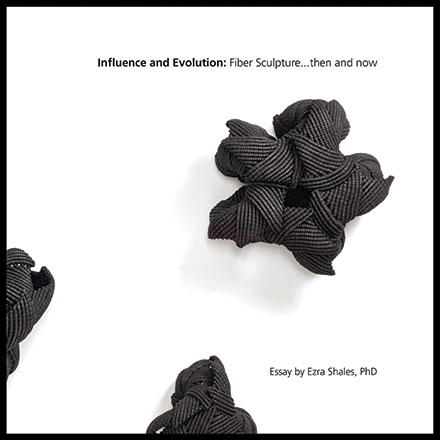

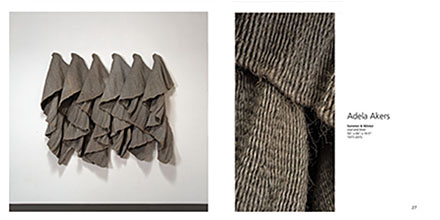
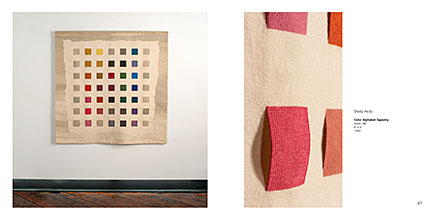
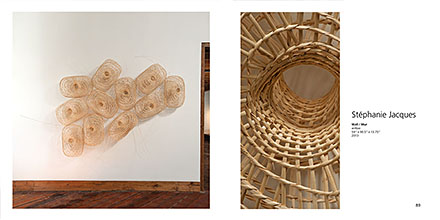
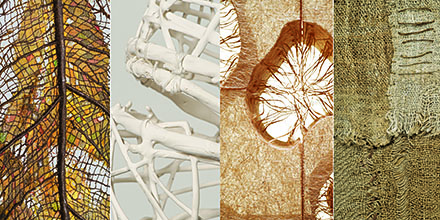
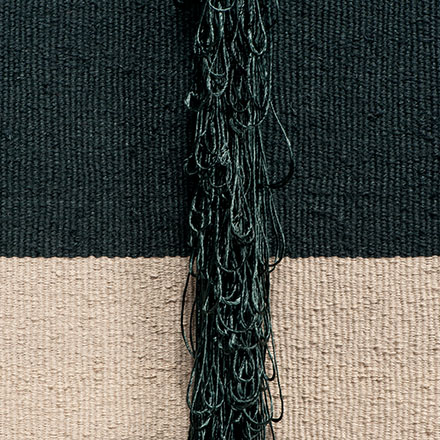
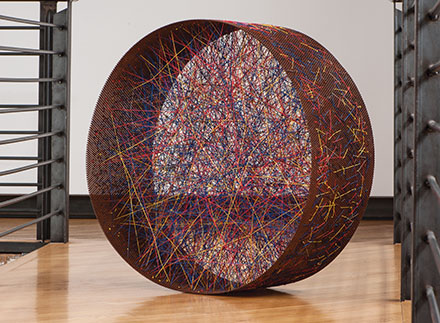
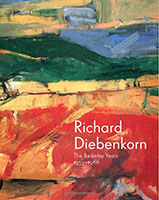
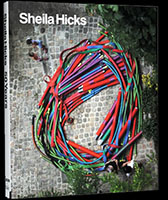
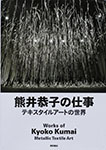
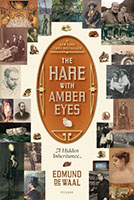
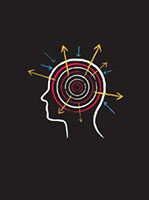
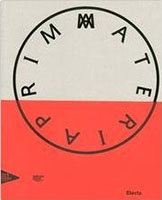
 Randy Walker
Randy Walker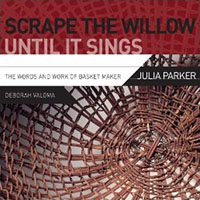 And From
And From 